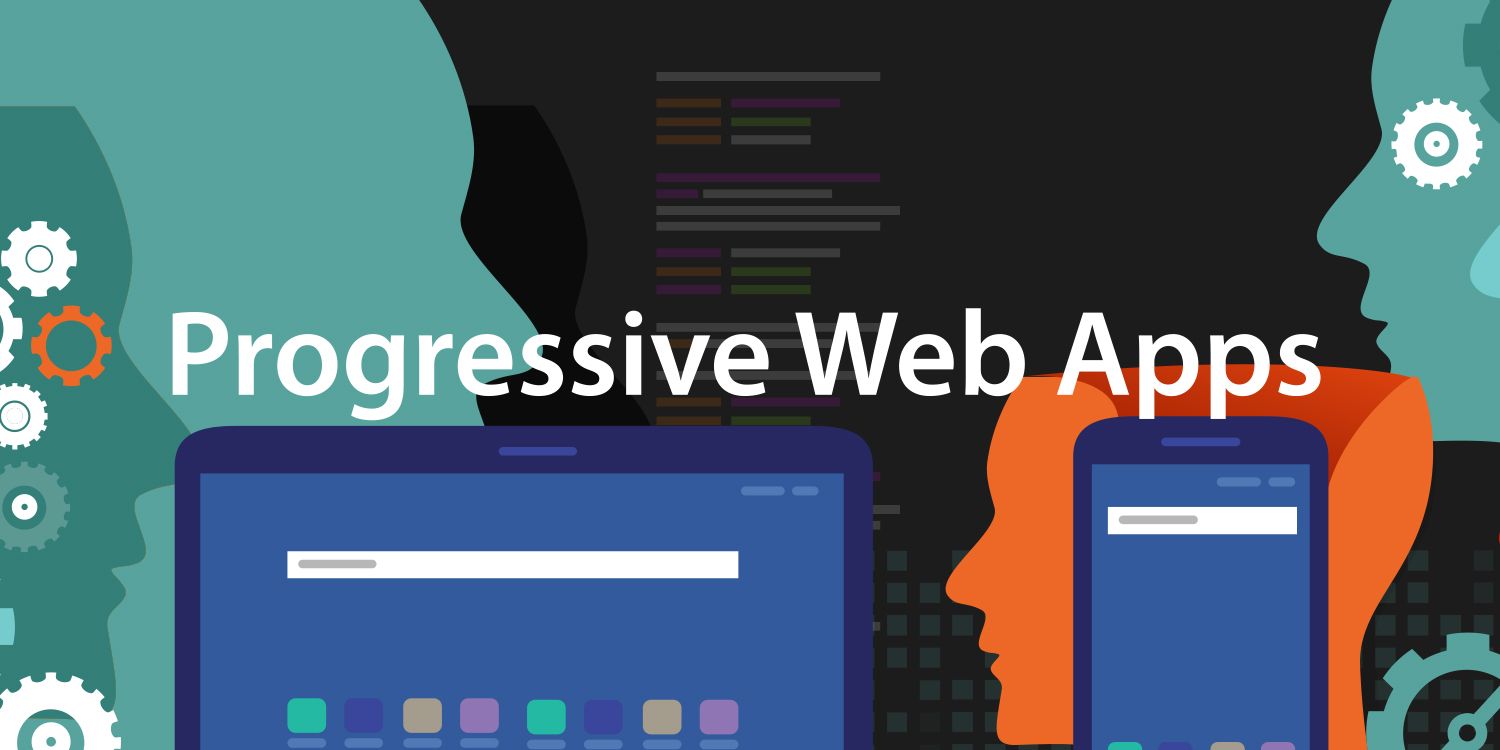Progressive Web Apps (PWAs) have become very popular in the past year. A number of brands are moving to PWAs and getting away from the Native apps. For good reason, too. PWAs have many benefits, five of which we’ll cover in this blog.
What is a PWA
Where did this term come from?
In 2015, Google’s engineer Alex Russel and designer Frances Berriman coined the term Progressive Web Apps. It is an app that uses browser capabilities, but still provides an app-like interface very similar to a Native app.
Google proposed Responsive Web Design in the past, which helps users access a website across all browsers and screen sizes. The Progressive Web App is a step ahead of Responsive Web Apps. By using several technologies (including Service Workers and App Manifest), PWAs provide much more than a Responsive Web Application. Take a look at some of the benefits:
Connectivity Independent – PWAs work in low-quality networks or even offline through Service Workers.
App-like – Provide an app-like feeling similar to native apps. Navigating to various sections of the app is just a few clicks away.
Fresh Content – Constantly updated content through the use of Service Workers behind the scenes.
Discoverable – Search engines can find these apps, through W3C manifests and Service Worker registration.
Installable – PWAs can be installed on a user’s home screen easily. So there is no need for an App Store. It also can be shared via a web link and users can create a home screen icon.
Main Components of a PWA
The following are the primary technologies used to create a PWA:
The Manifest
The Manifest for Web applications is a simple JSON file. The file provides information about an application (such as name, author, icon, and description) in a JSON text file. This gives the developer control over how the app appears to the user. The purpose of the manifest is to:
- Help install web applications to the home screen of a device. That’s how users can install a PWA on their mobile home screen.
- Create a downloadable link for users to access the app.
- Provide a unique icon and name so the app is unique from other installed apps.
Service Workers
A Service Worker is a script that runs in the background within the browser. Service workers provide the following major features to help Progressive Web Apps:
- Manage push notifications.
- Receive centralized updates and keep the PWA app updated all the time by synchronizing data in the background.
- Help with search engine visibility.
Why Progressive Web Apps
Why are companies choosing Progressive Web Apps when Native and Hybrid are still an option? Here are some reasons why:
- Only one centralized codebase
- PWAs are installable responsive web applications. As a result, they do not need a separate codebase like the Native or Hybrid mobile apps.
- Everything runs using the browser. Therefore apps can be installed by adding them to the mobile home screen.
- Faster and more reliable
- Service workers constantly keep the apps updated with real-time data. This means users do not have to wait for an update.
- Offline support with less or no network connectivity
- All app data is synced to the local storage that allows users to use the app with no network connectivity.
- Full functioning capacity offline.
- Includes hardware access (Native support)
- Progressive web apps support your phone hardware and can access it as needed by the app. The hardware can access and use the following within the app functionality:
- Geolocation
- Camera
- Microphone
- Battery status
- Screen orientation and accelerometer access
- Progressive web apps support your phone hardware and can access it as needed by the app. The hardware can access and use the following within the app functionality:
- User interface
- Provides a quality user experience similar to a Native app.
- Users engage with the app easily.



Leave A Comment